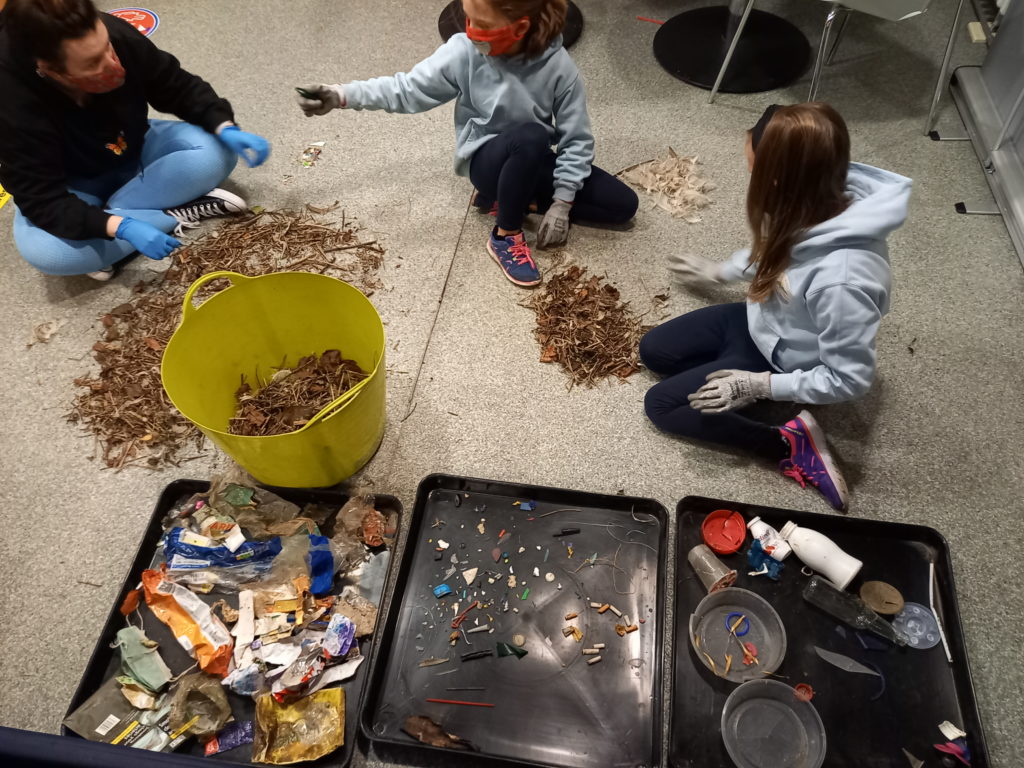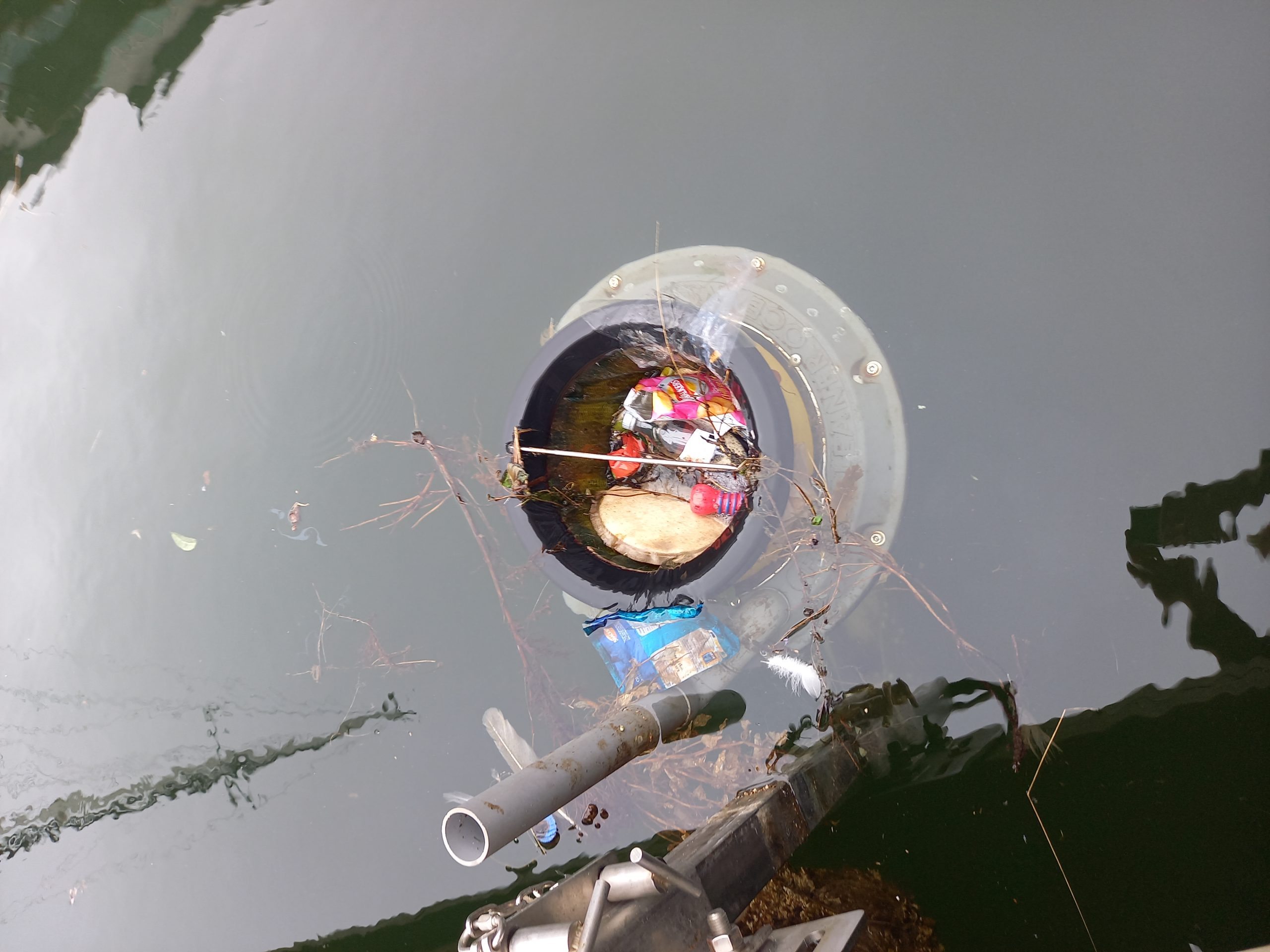Sellafield Ltd has approved the funding for a fleet of six new Seabins to be installed at Whitehaven Marina in West Cumbria. The first of the fleet, which is part of Sellafield’s Social Impact, Multiplied programme, was installed in October last year.
The initiative to install the plastic and litter pollution fighting Seabins has been driven by the staff and children from the Whitehaven Harbour Youth Project (WHYP), and follows a prior Seabin installation in the harbour in 2019.
Operating in Whitehaven for 18 years, the WHYP is a charitable organisation which provides positive activities for children and teenagers, delivering outdoor and adventurous education programs for over 1300 young people each year.
Three years ago, wanting to improve the quality of the water of the harbour where they participate in watersports such as canoeing, the children of the WHYP looked at what options were available to help clean up their playground, which suffers from litter being swept into the lock controlled harbour from surrounding culverts.
Research into the problem led to seeing the Seabin on YouTube, resulting in the initial Seabin at Whitehaven Marina. Funding for this was given to the WHYP from the Co-op as one of its chosen charities, funding ironically generated through the sale of plastic bags.
At this point Sellafield Ltd’s involvement was more generic, providing funding for the WHYP to conduct water sampling and research on water pollution, supporting the project’s young people who had identified water pollution as a social issue that needed addressing. The charity’s findings were presented to Sellafield Ltd in a quarterly progress report.
Having watched WHYP’s original Seabin project develop, it was an off the cuff comment that prompted Sellafield Ltd to approach WHYP to apply for further funding.
“We were aware of what they were doing, we’d seen them get the Seabin installed and seen the excitement it generated for the young people who’d seen their project come to fruition,” explains Stuart McCourt, Sellafield’s Education, Community and Development Lead.
“It was a throw away comment from Stephen Walter (WHYP’s co-ordinator) as the Seabin was going in that ‘wouldn’t it be great if we had a few more and cover the whole harbour’, and I thought we really could and the impact from that would be much greater than the one that was in.
“There was a chance if we worked together, if it was still in the interests of the young people it supported, and they wanted it to happen, it would be something we could look to support them with.”

Without any guarantee of the funding, the WHYP competed the application process and was rewarded for its efforts. Impressed with the level of the children’s involvement in the project, not only would Sellafield Ltd fund the purchase and installation of six Seabins, the company would also fund three years of Stephen Walter’s time, and not for just the day to day operation and maintenance of the Seabin.
“Companies usually like to buy things, getting funding for that is relatively easy, they like to have their name on something. Getting funding for people is tougher,” Walter says. “I can now work with schools, Scout groups, Brownies and do environmental projects around the Seabin, talking about plastics, where they came from, what type of plastic and can it be recycled. A project of this scale could not have gone ahead without external funding.”
McCourt adds: “It’s the educational package that’s probably the most important bit. The Seabins themselves are almost a catalyst, they’re the exciting thing that draws everyone in. We’re hoping it will lead to a greater impact, that we can tackle some of the wider issues around pollution.
“It’s almost like a ripple effect, we like to see our investments have a further affect that just a physical thing. Hopefully, by getting the Seabins in the harbour and running the education package, you’re looking at prevention as well as cure.”
But it’s not just the funding that has bought this environmentally based, community project to life. Both the Harbour Commission and Whitehaven Marina have played their part, giving the WHYP permission to host the new fleet inside the harbour and on the marina’s pontoons, using its electricity supply. “They do so much, the amount of time they put into them and sorting out the electrics, it just wouldn’t happen without them,” continues Walter.
Due to the pandemic, only one Seabin of the new fleet has been installed to date and the educational activity has been severely curtailed with access to schools restricted, but Sellafield Ltd is very happy with the results of its funding so far.
“We’re definitely happy. We’d love for all of them to be installed but given everything that’s happening around the country at the moment, the Harbour Project has been phenomenal in managing to get one in, and doing some of the educational work as well,” says McCourt.
The Seabins at Whitehaven Marina are not unique in having received funding from external parties. Of the 57 Seabins installed around the UK and Ireland, approximately 21% have been funded by other businesses or organisations. Recent examples include MDL’s Ocean Village Marina’s Seabin which was supplied by DP World Southampton and the Seabin on the River Soar, operated and maintained by the Leicester Outdoor Pursuit Centre, which was also funded by the Co-op.
Bryan Stewart from Inland and Coastal Marina Systems, the UK and Ireland supplier of the Seabin, says: “Funding opportunities exist for marinas, harbours, watersports centres and community groups that wish to improve the quality of their immediate environment but lack the capital to do so. We encourage anyone wishing to install a Seabin to seek any funding available for environmental initiatives in their area. It’s surprising how much funding there is out there.”
Following the WHYP’s lead, the key to securing funding appears to be having a driving force behind the project, approaching potential contributors with a clear long term plan of what the Seabin can achieve, who will benefit and how it will be managed.


